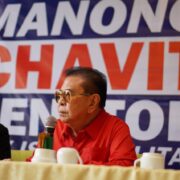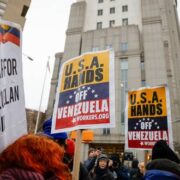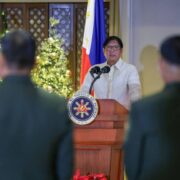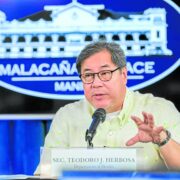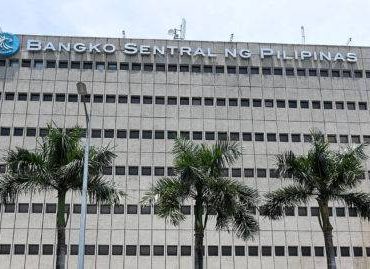Dark chamber of the president
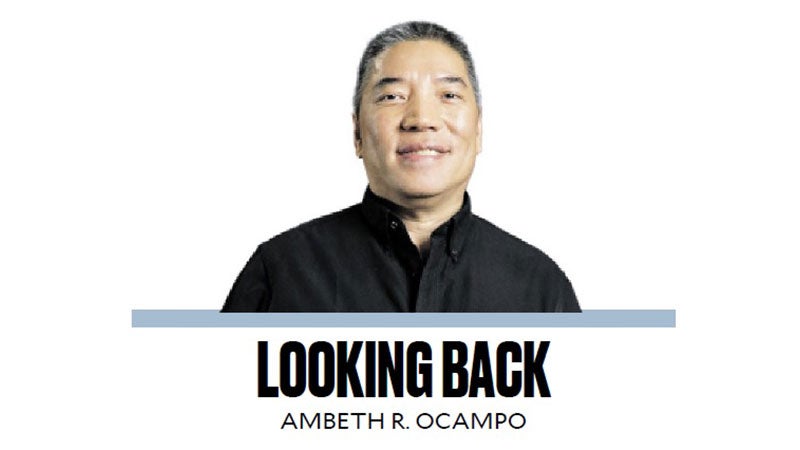
One of the challenges of teaching a freshman course on Philippine history through primary sources is that the last formal Philippine history students took was in Grade 4 or 5. With a gap of seven or eight years, they come to class ill-prepared for a deeper, more nuanced look into our past. I often start the course from scratch. I just presume they retained little or nothing on history from K-12 unless they were interested in the subject and kept reading. What do students retain from K-12 Philippine history anyway? A hazy chronology? A litany of events and historical figures from the past? Worse they consider history content irrelevant to their lives both present and future.
After being given the names: Mariano Gómes, José Burgos, and Jacinto Zamora and asked for the acronym of the martyr priests of 1872, a contestant on a “Pinoy Big Brother” quiz answered Ma-Jo-Ha instead of Gomburza. Then there was a young woman who watched the blockbuster film “Heneral Luna” and asked her boyfriend why Apolinario Mabini was sitting down throughout the movie. While some Filipinos can still identify historical figures reduced to the titles: National Hero, Brains of the Katipunan, Father of the National Language, Puppet President of the Philippines, Mother of the Philippine Revolution, or Sublime Paralytic, they are hard-pressed to explain why these figures are significant or relevant. Tomas Pinpin, for example, is said to be the “Prince of Filipino Printers.” When I ask people to explain why Jose Rizal is great, the usual answer is that he was shot by the Spaniards in Bagumbayan on Dec. 30, 1896. When you follow up and ask why Rizal was shot, you will get some vague answers about his writing the “Noli me Tangere” and “El Filibusterismo.”
Next week on the 160th birth anniversary of the so-called “Sublime Paralytic” or “Dakilang Lumpo,” we should remember both man and deeds. He lost the use of his legs due to adult polio, and died of cholera in 1903. He referred humorously to his disability, halfheartedly hiding his identity under two pseudonyms: “Paralitico,” when writing in Spanish, and “Lumpo” when writing in Tagalog. He was a political journalist who wrote scathing articles against people and issues in the revolutionary newspaper “La Independencia.” His articles hit soft targets so hard the government warned it would censor the newspaper, an empty threat because few people at the time would have openly crossed Antonio Luna, editor of La Independencia.
Mabini was Emilio Aguinaldo’s closest (literally) and most trusted adviser who was so straight he was in office barely a year. He was prime minister and minister of foreign affairs. He was appointed by Emilio Aguinaldo as chief justice of the Supreme Court but was rejected by the Malolos Congress version of today’s Commission on Appointments. Revered today as the “Sublime Paralytic,” he was reviled in his time by critics who referred to him as the “Camara negra del Presidente” [Dark chamber of the President].
I have long been fascinated by Mabini, and the parallels between his time and ours. As Aguinaldo’s adviser, all correspondence passed through Mabini, all acts passed from Mabini. Most of the correspondence between Aguinaldo and Mabini were letters, notes, and memoranda that provide an inside look into the workings of the First Republic. Contents range from the trivial like a bill of lading for a shipment of puto seco, to matters of importance like advice on a proposed national loan or a veto of the Malolos Constitution.
There were personal issues to be settled like a certain Col. Montenegro who wanted to marry a woman against her mother’s wishes. Or political matters concerning orders, jurisdiction, and instructions to military commanders in Cebu and the Visayas. There was a problem with the appointment of a municipal president in Pulilan. There was a problem between Gliceria Marella and Jose Alvarez over the lease of a fishpond in Pansipit, near Taal, Batangas. Then there was grassland in San Fernando, Pampanga being claimed, reclaimed, or expropriated by a general before the lease expired. There were many reports of abuses by the military. All these came to Mabini’s attention for resolution, and when transmitted to the president included a recommended action, sometimes a draft reply or order for his signature.
Mabini often wrote the president in Tagalog. Of the many original manuscripts I have seen, a small note on one of his calling cards has remained with me a long time. It reads, “Sr. Presidente. Ang may dala nito na si Sr. Lara ay nakikilala daw ninyong kasamahan mula pa ng una; kayo ang makakataya sa kanyang karapatan at makakapagpasiya sa kanyang hinahangad. Magotos po kayo Apolinario Mabini 1 Febrero 1899.” The man was namedropping in hope of a favor. Mabini hated these unwanted callers at his office complaining to the president in another letter “nagugulo na ang aking ulo.” Mabini’s greatness lay in trying to make order in chaos.
Comments are welcome at aocampo@ateneo.edu
Ambeth is a Public Historian whose research covers 19th century Philippines: its art, culture, and the people who figure in the birth of the nation. Professor and former Chair, Department of History, Ateneo de Manila University, he writes a widely-read editorial page column for the Philippine Daily Inquirer, and has published over 30 books—the most recent being: Martial Law: Looking Back 15 (Anvil, 2021) and Yaman: History and Heritage in Philippine Money (Bangko Sentral ng Pilipinas, 2021).





